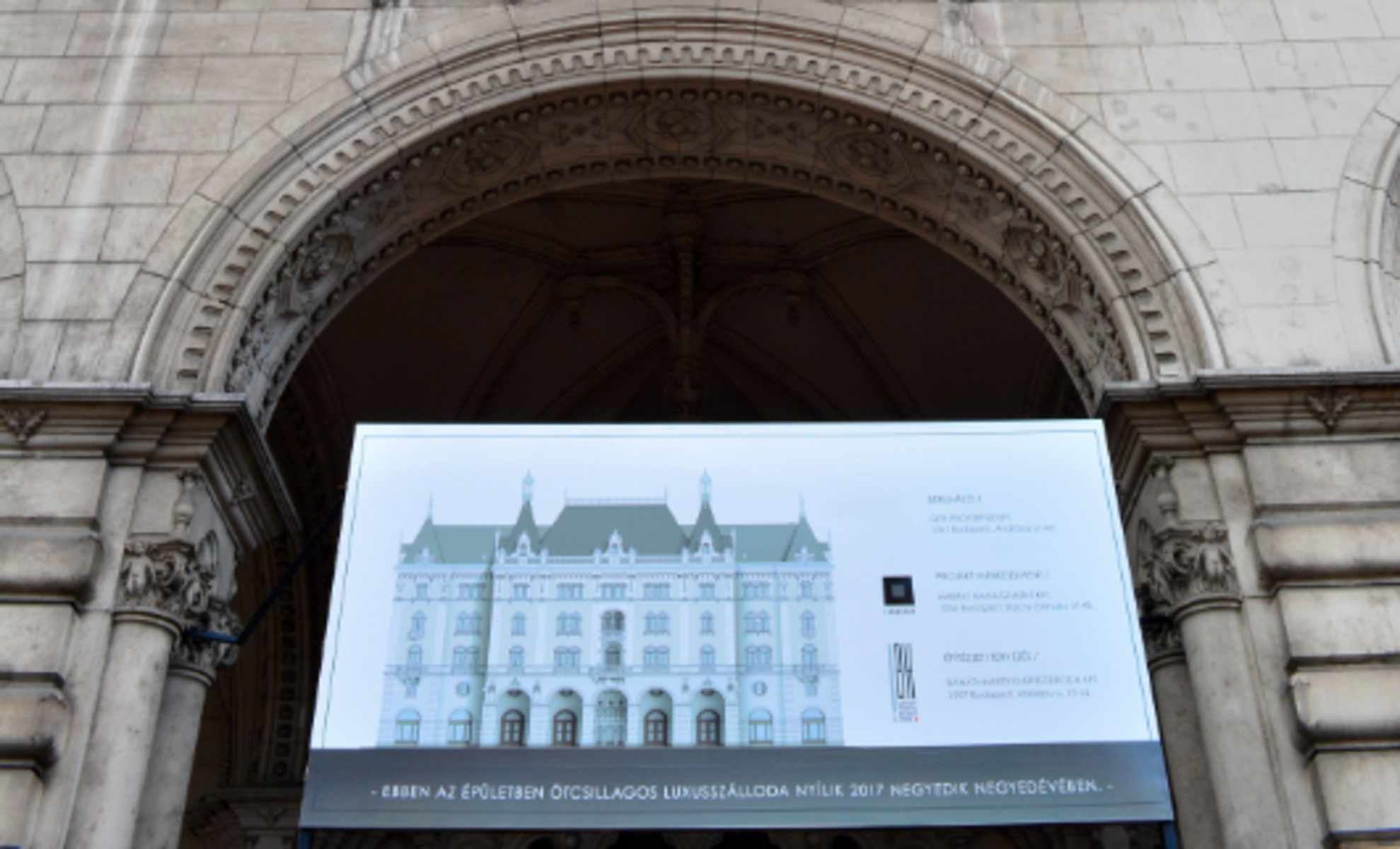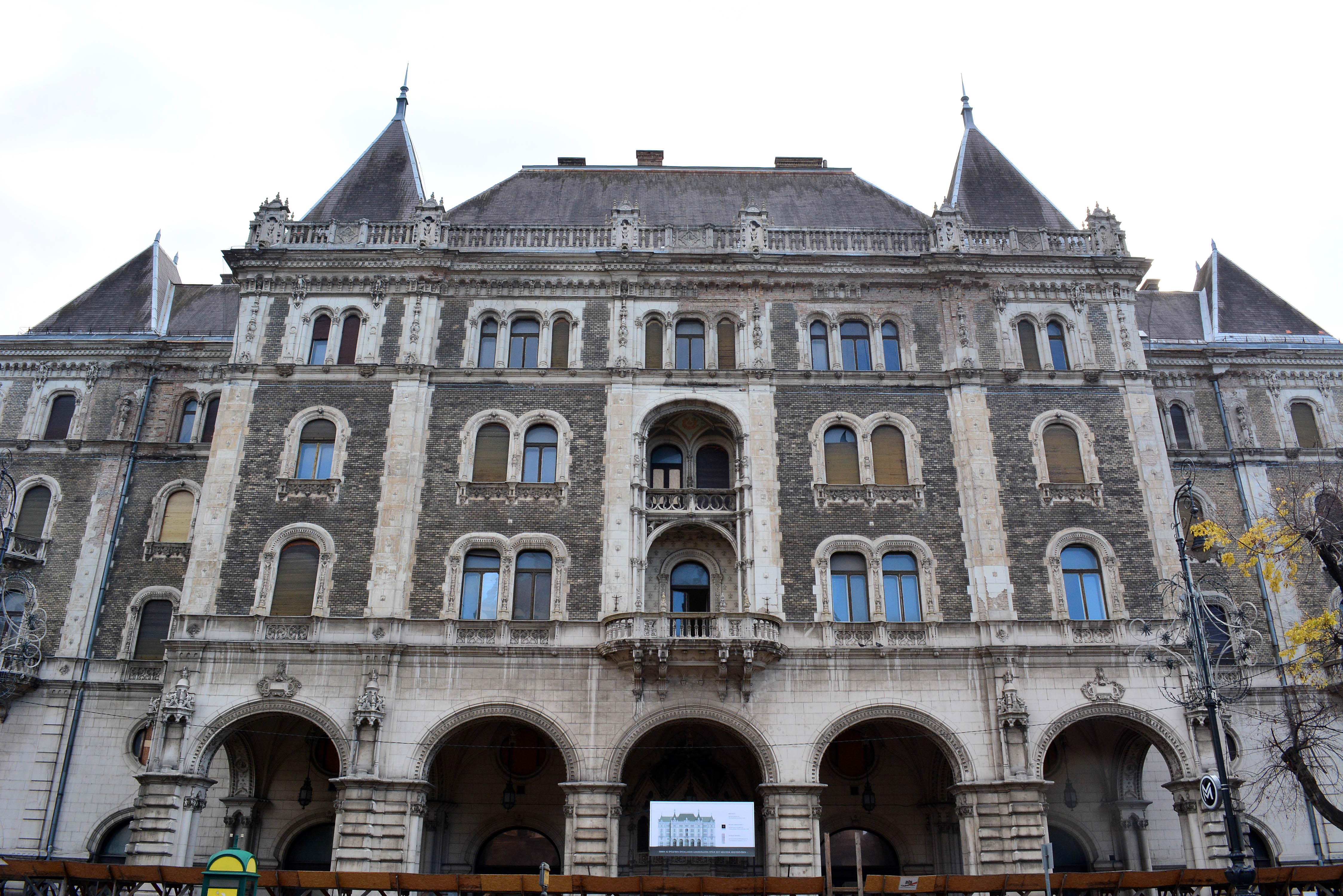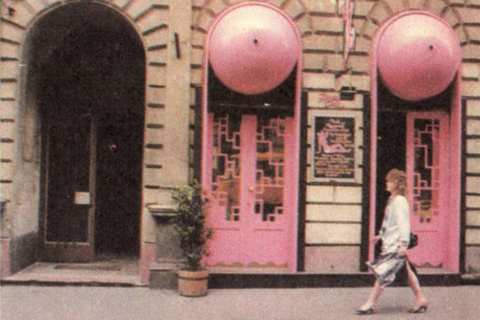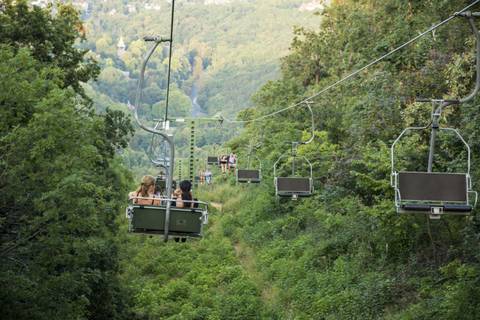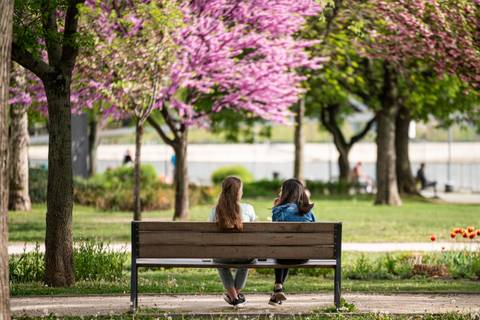This building, that sits on prime real estate along Budapest’s most glamorous thoroughfare, just opposite the Hungarian State Opera House, has had many names. Known by locals as either the Ballet Institute or the Drechsler Palace, it was initially designed as an investment for the Hungarian Railway Pension Institute. While it’s been standing empty for more than 10 years, this month there was a fresh announcement of plans for it to become a luxury hotel. We take a look at the history of this prominent, but long-dormant, building at number 25 Andrássy Avenue.
Some windows are broken and boarded up, some of the stone works are crumbling, and there is graffiti on its walls. Construction barricades close off the entrance as if renovations started and then abruptly ceased. After the local government sold the building in 1997 rumours of imminent plans for renovation have come and then gone just as swiftly. While it seems this building has been abandoned, much public interest remains, and now there is a new sign on the building, which says it will be a 5 star luxury hotel by the end of 2017.Lechner's French designBuilt between 1893 and 1896 to the designs of Ödön Lechner and Gyula Pártos, it was commissioned by the Hungarian Railways as an investment for its worker's pension institute. The huge building sits on the four land-lots that MÁV purchased opposite the Opera House, which was then still under construction. At the time Lechner had just returned from a stint in France where he’d helped renovate some 30 castles, and this building has clear influences from the French Renaissance style.
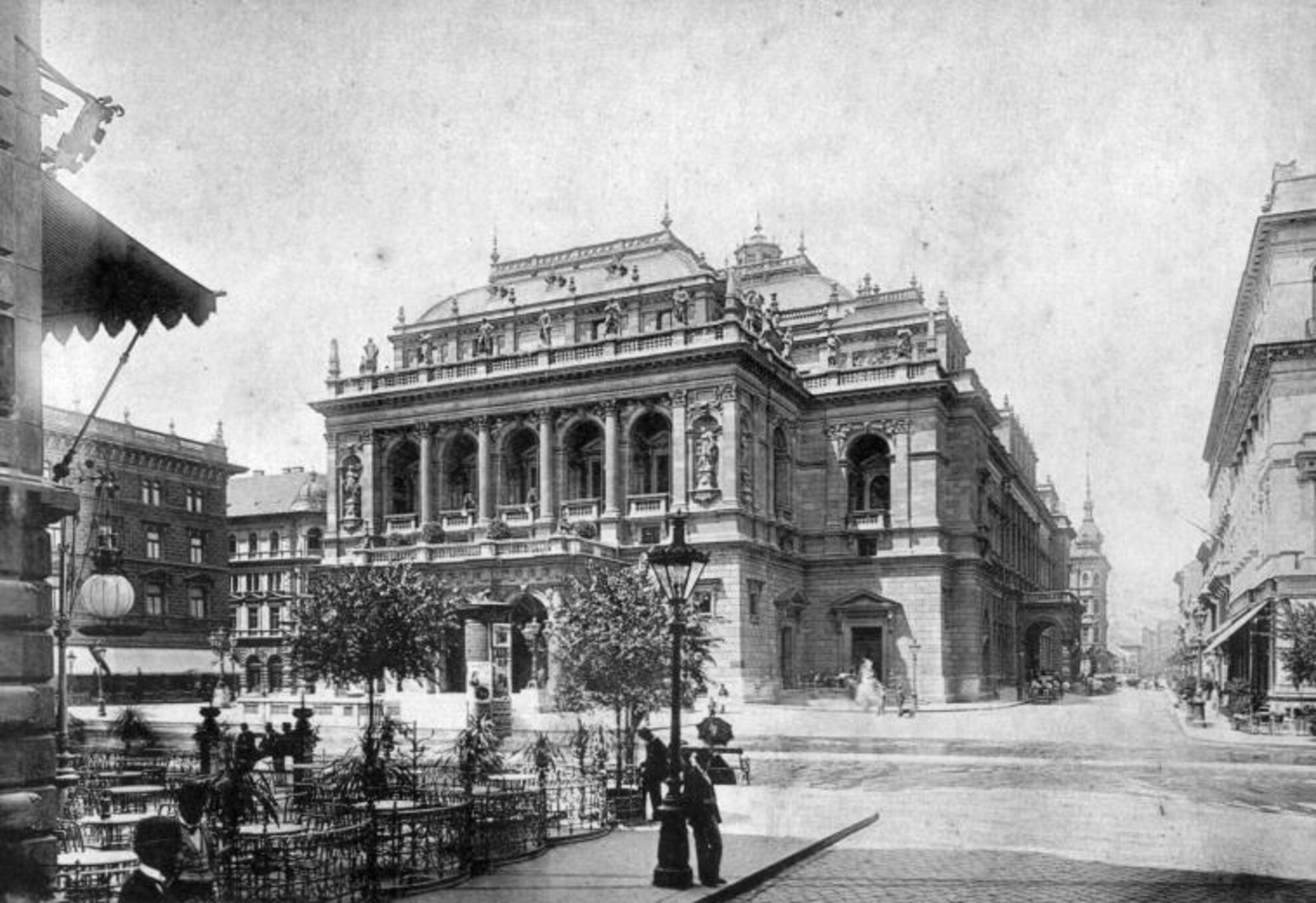
It was designed to complement the Opera House, without overshadowing it. From the outside it's easy to see the Neo-Renaissance style: the rooftop windows, the towers at the corners, the pointed balconies and the style of the window frames, for example. As can be seen from the plans the block isn’t rectangular but trapeze shaped.
Originally there was a three-storey café/restaurant space in the basement, ground floor and first floor, above which there were 24 rental apartments. During Hungary’s communist years these grand homes were divided up, so in effect there are now considerably more living spaces. During this period the bottom three floors were given to the Hungarian State Ballet Academy and so the café/restaurant areas were remodelled to suit ballet training.
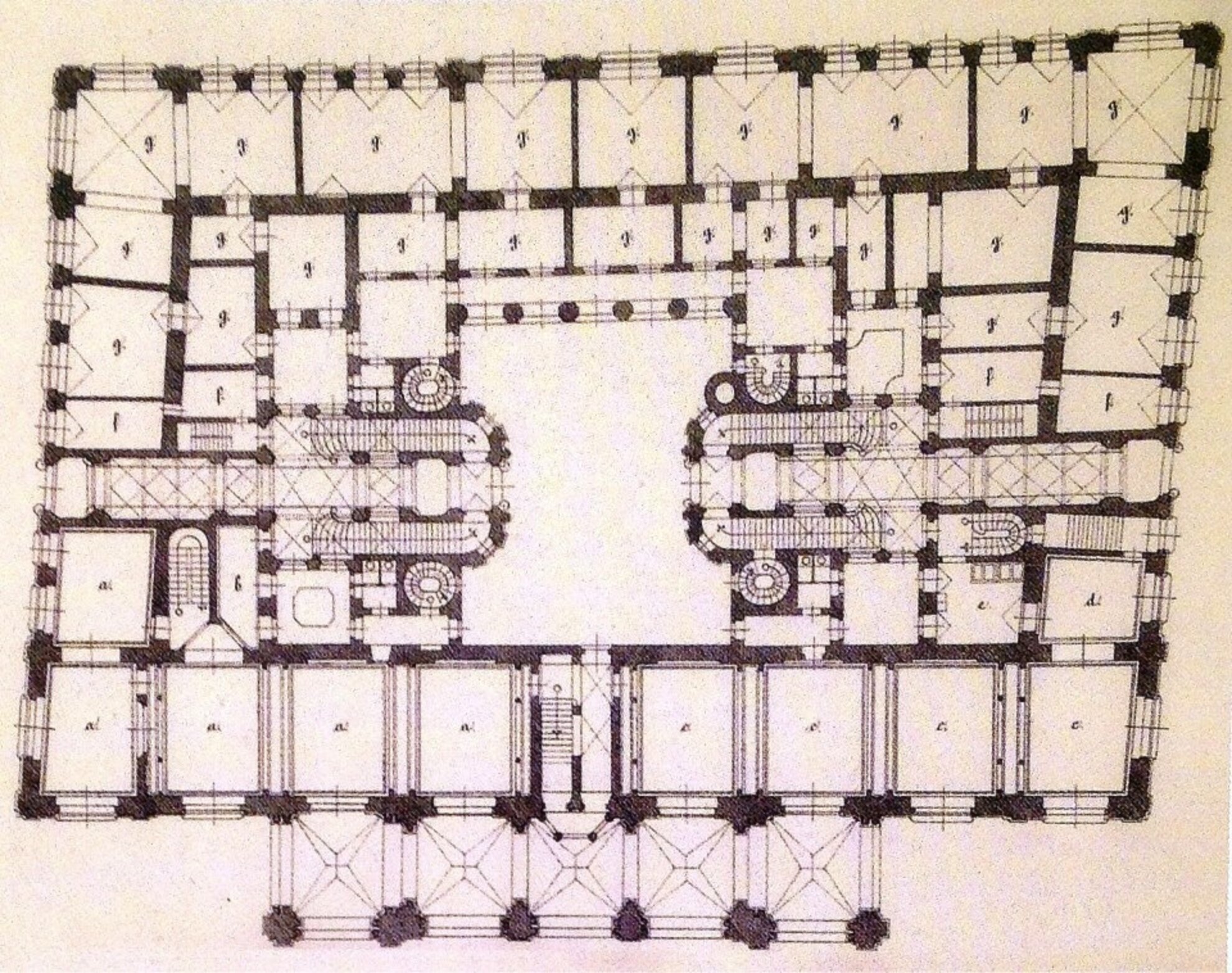
Drechsler PalaceThe first tenant of the basement, ground floor and first storey was Nándor Reutter who established the Grand Café Reutter, but the name that stuck is Drechsler Palace (pronounced drex-ler) after Béla Drechsler's Drechsler Café.
It’s hard to imagine these grand cafes now, but from old photos it seems that in the building’s prime, in the 1890s and early 1900s, the outdoor area under the archways must have been bustling with patrons. There was also a saloon for ladies, a skittle alley, a gaming room, a brasserie, a banquet hall, a beer hall, playground and even electric lights!
Famous people to have visited include Giacomo Puccini and Gustav Mahler. The dramatic period from World War I to after the end of WWII also impacted the building, with roof decorations and other parts of the interior “lost”. The café changed hands many times during this turbulent period, but in 1948 it was called Upor.
This would be the last year the building was used for hospitality.
Ballet InstituteIn 1949 the bottom floors of the building became home to the Hungarian Ballet Academy, and it would remain such for 53 years until 2002. This is why many locals refer to the building as the "Ballet Institute." Because the building was not originally designed for such a use, the area was overhauled to make it better-suited for this new role. Above the Ballet Institute, the upper storeys were apartments with some 38 state-owned homes made out of the original 24.
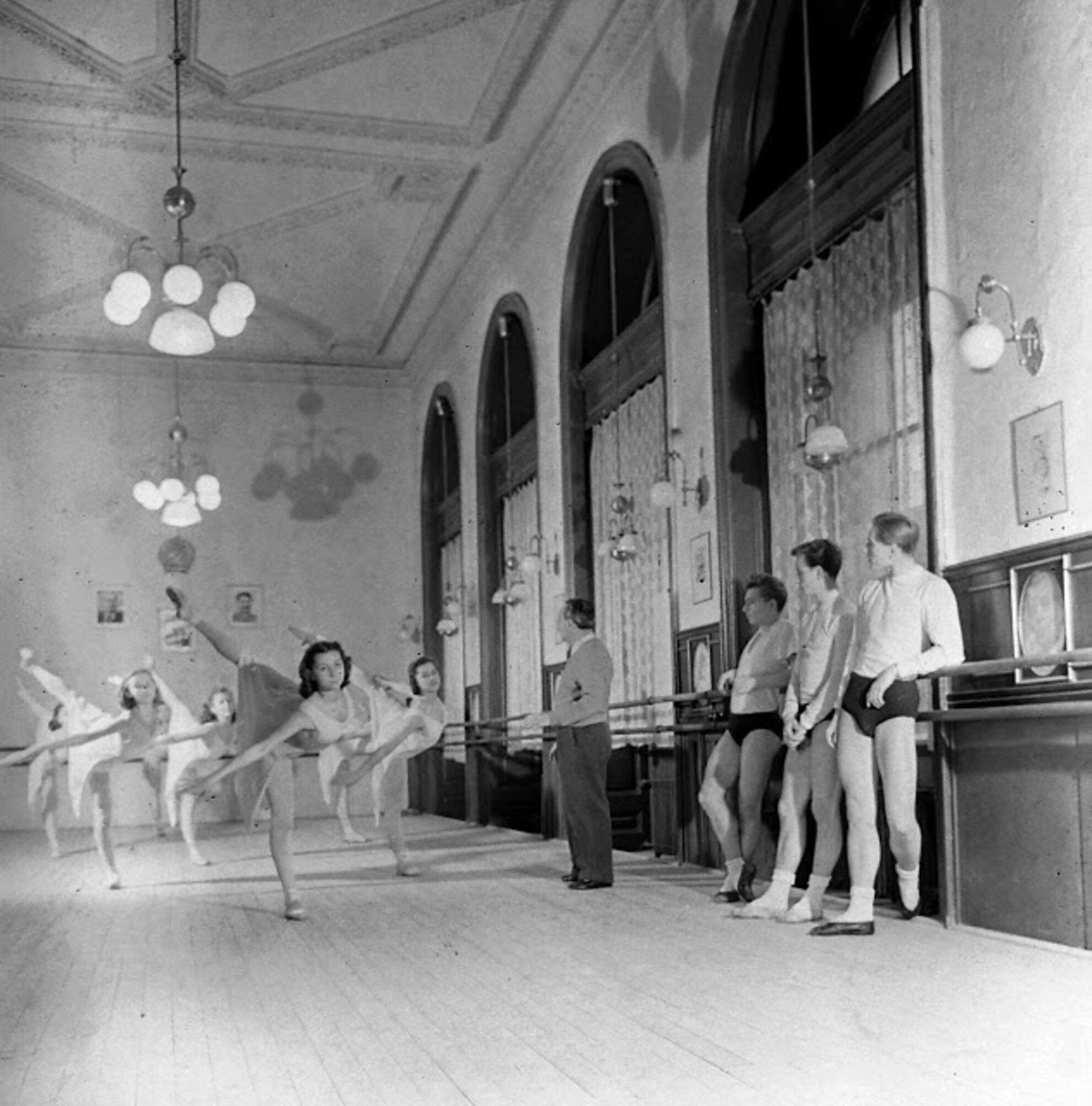
A peek inside the empty buildingWhile it’s not possible for the general public to step inside the building, there were many photos taken by Kép Tér in 2013, that can also be seen on Hidden Budapest.Standing emptyFrom the outside, it’s clear that this is a grand building with a lot of promise. Despite the obvious neglect, many tourists and locals can be seen admiring the beautiful façade.A five star futureWhile the building has been bought and sold many times, a new placard on the construction barricades suggests it will be transformed into a 5 star luxury hotel by the end of 2017. Given Andrássy Avenue is a World Heritage listed site, it’s likely the exterior’s original characteristics would be retained. So it seems that this historic building simply lies dormant, waiting to reawaken in a reincarnation worthy of its past and its prime position in Budapest. We’ll certainly keep you updated with news on any developments.
